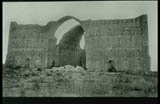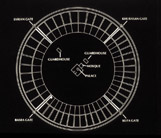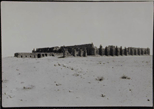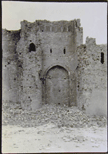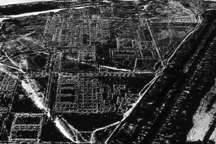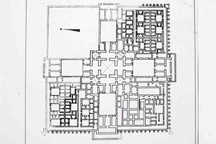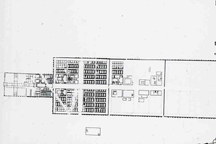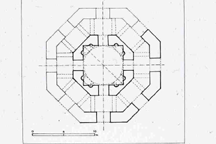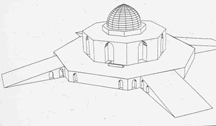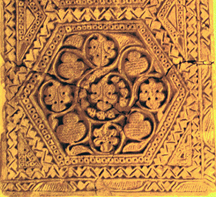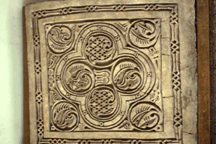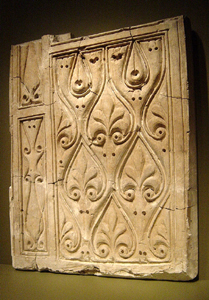AGA KHAN PROGRAM FOR ISLAMIC ARCHITECTURE
Course 4.611/4.613:
5- Abbasid Palatial Architecture: (Click on images to enlarge)
The Abbasids: The second Islamic dynasty (flourished 750-950)
- Abu Ja‘far al-Mansur: (754-75) Second caliph and founder of Baghdad.
- Haroun al-Rashid (786-809): Established many large settlements along the Tigris and the Euphrates. His name became inexorably linked to the tales of Arabian Night.
The Architectural Precedents:
The Umayyad Palaces
The Iwan of Kisra (Khosroe) at Ctesiphon: The Seat of Sasanian Kingsgs.
A photo of the iwan taken before 1883 when the flood destroyed the monuments right wing |
The New Image of the Ruler:
The influence of Persian traditions and court ceremonials.
The gradual seclusion of the ruler behind walls and courts.
The Foundation of Madinat al-Salam (City of Peace, later Baghdad), 762-67:
The new, ordered capital of the Empire, with all the appropriate symbolism of a round city with axial division.
The Palace of al-Mansur: Qubbat al-Khadra (the Green Dome).
Plan of the round city of Baghdad
The Palace of Ukhaydir, south of Baghdad (probably 778):
A monumental princely retreat composed of a fortified enclosure. Defensive stone structure with a magnificent court of honor and an iwan
Palace of Ukhaydir: View from northwest, Outer/northern annex at left, main gate beyondr |
North side, Bay and tower directly east of north gate (at right)
|
Samarra:
The new capital city established on the Tigris, 60 miles north of Baghdad, by caliph al-Mu‘tasim in 836 to house his personal army of Turkish slave-warriors (mamluks). It developed into a conglomeration of secluded caliphal palaces and houses for the troops on a grandiose scale. The city remained capital of the Abbasid Empire until 883.
Iraq, Samarra aerial view |
The Palaces of al-Mu‘tasim (833-42):
- The Jausaq al-Khaqani
- The Qasr al-Jiss (Gypsum Palace)
- Al-Istabulat: Residences for the troops.
Qasr al-Jiss plan |
Al-Istabulat near Samarra, Plan |
The Qubbat al-Sulaibiyya:
First caliphal mausoleum built for the caliph al-Muntasir (862).
Qubbat al-Sulaibiyya Tomb plan |
Qubbat Al-Sulaibiyya reconstruction by Northredge |
Stucco Decoration:
Samarra Style: Three styles have been identified following their degree of abstraction:
- Style A: Vine-leave ornament still bearing resemblance to the Hellenistic, naturalizing origin.
- Style B: Vegetal ornament with some abstraction.
- Style C: Moulded pattern, very abstract and have a combination of vegetal and geometric motifs. Patterns are normally inscribed within borders.
Samarra Style A |
Samarra Style B |
Samarra Style C |
